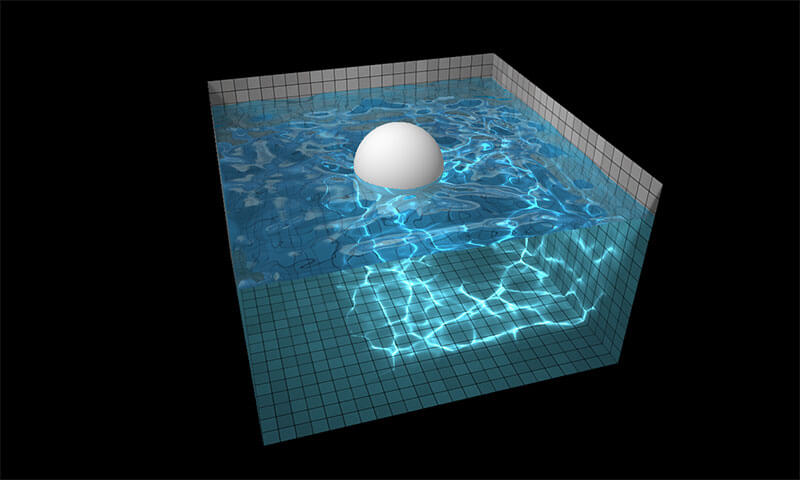Better Compression with UglifyJS
UglifyJS is widely known as the most performant and effective JavaScript minifier available. UglifyJS' default minification with --compress is nice but it doesn't do the full job. There are a number of additional directives for the compress option, including:
sequences-- join consecutive simple statements using the comma operatorproperties-- rewrite property access using the dot notation, for examplefoo["bar"] → foo.bardead_code-- remove unreachable codedrop_debugger-- removedebugger;statementsunsafe(default: false) -- apply "unsafe" transformations (discussion below)conditionals-- apply optimizations forif-s and conditional expressionscomparisons-- apply certain optimizations to binary nodes, for example:!(a <= b) → a > b(only whenunsafe), attempts to negate binary nodes, e.g.a = !b && !c && !d && !e → a=!(b||c||d||e)etc.evaluate-- attempt to evaluate constant expressionsbooleans-- various optimizations for boolean context, for example!!a ? b : c → a ? b : cloops-- optimizations fordo,whileandforloops when we can statically determine the conditionunused-- drop unreferenced functions and variableshoist_funs-- hoist function declarationshoist_vars(default: false) -- hoistvardeclarations (this isfalseby default because it seems to increase the size of the output in general)if_return-- optimizations for if/return and if/continuejoin_vars-- join consecutivevarstatementscascade-- small optimization for sequences, transformx, xintoxandx = something(), xintox = something()warnings-- display warnings when dropping unreachable code or unused declarations etc.negate_iife-- negate "Immediately-Called Function Expressions" where the return value is discarded, to avoid the parens that the code generator would insert.pure_getters-- the default isfalse. If you passtruefor this, UglifyJS will assume that object property access (e.g.foo.barorfoo["bar"]) doesn't have any side effects.pure_funcs-- defaultnull. You can pass an array of names and UglifyJS will assume that those functions do not produce side effects. DANGER: will not check if the name is redefined in scope. An example case here, for instancevar q = Math.floor(a/b). If variableqis not used elsewhere, UglifyJS will drop it, but will still keep theMath.floor(a/b), not knowing what it does. You can passpure_funcs: [ 'Math.floor' ]to let it know that this function won't produce any side effect, in which case the whole statement would get discarded. The current implementation adds some overhead (compression will be slower).drop_console-- defaultfalse. Passtrueto discard calls toconsole.*functions.
So instead of simply doing a basic compress, squeeze the hell out of your JavaScript files by altering booleans, removing unneeded var uses, axing unreachable code, and much more. Here's an example of such a case using the NodeJS API:
var UglifyJS = require('uglify-js');
var fs = require('fs');
var result = UglifyJS.minify('site.js', {
mangle: true,
compress: {
sequences: true,
dead_code: true,
conditionals: true,
booleans: true,
unused: true,
if_return: true,
join_vars: true,
drop_console: true
}
});
fs.writeFileSync('site.min.js', result.code);
You can pass those compression values via command line as well. This post isn't meant to be groundbreaking but more to raise awareness that simply using --compress doesn't optimize minification anywhere near potential. If you're going to minify and compress your JavaScript, go all out!





I thought closure compiler was the most effective
It probably is in Advanced mode.
It really is; it’s just slower and inconvenient to run because it’s Java. Uglify’s most awesome feature is that it’s easy to deploy, run, and bundle. And while it compresses poorly, it’s safer than CC’s Advanced mode because it doesn’t optimize as much.
You could also use “screw_ie8” (in case you don’t support ie8). Looks like this in grunt:
uglify: { options: { mangle: { //toplevel: true, screw_ie8: true }, compress: { screw_ie8: true, sequences: true, //properties: true, dead_code: true, drop_debugger: true, comparisons: true, conditionals: true, evaluate: true, booleans: true, loops: true, unused: true, hoist_funs: true, if_return: true, join_vars: true, cascade: true, //negate_iife: true, drop_console: true } }, main: { src: ['src/main.js'], dest: 'dist/main.min.js' } },Most of these options are on by default – they are there to disable them
“slower and inconvenient to run because it’s Java”
Java is faster than node. If it’s inconvenient, it’s because it’s badly written or you are a scriptkiddie
>Java is faster than node
Sure thing, buddy. Now go and run Closure Compiler and UglifyJS, one of them feels like opening Photoshop, which one is it? The Java one or the Node one?
Yeah. Turns out a decades-old language that didn’t improve much and is owned by Oracle isn’t that great.
They mean faster than node when it comes to the code running. Java is slower to load because of the VM. Node is slower to execute because of the need to go through a JS interpreter. It’s not black and white though, and there are some areas where Node runs faster.
You could also avoid minify some functions.
Maybe if you have some unobtrusive function
[onclick="functionName01"].Not in the docs.
mangle: { except: ['functionName01', 'functionName02'], screw_ie8: true }